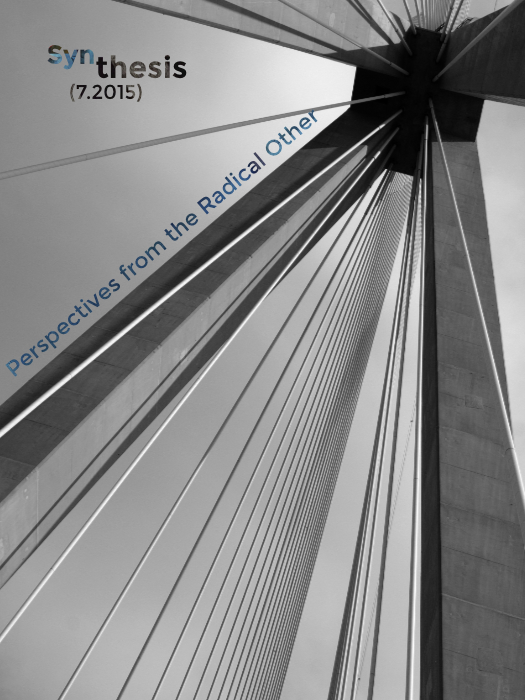Woman in the Mirror: Reflections

Abstract
In A Room of One’s Own (1929) Virginia Woolf asserts: “Women have served all these centuries as looking-glasses possessing the magic and delicious power of reflecting the figure of man at twice its natural size”. (34) The use of the mirror is key to Woolf’s arguments about the position of women in general and in particular that of women writers. Complicating Woolf’s view less than a century later, I examine how black women function as looking-glasses in a dual way: as blacks, we shared the past (and now share the current) fate of black people reflecting the “darker” side of white people, as many whites projected onto blacks the unacknowledgeable traits of their own nature. The mirror is also key then to the way in which racial oppression has been analysed in literature. My paper offers an account, by way of selected examples from the history of our literature, of indicating how the mirror has been essential to how black British women are viewed and reflected back. I suggest that the misshapen image in the looking glass created by white people and also black men, allows them to see an inflated reflection of themselves, to assume false feelings of superiority, and to perpetuate oppression against us. I focus on Mary Prince, Mary Seacole, Una Marson, Joan Riley and Helen Oeyemi–authors whose work either anticipates or relates to Woolf’s notion of mirroring, by seeking ways to addressor overcome the situation in which we are placed. The texts explored not only trace the development of the tradition of our writing - the shift from being represented to representing ourselves– but also present a range of cultural and political views and identify three recurring themes: firstly, the denigration in our portrayal; secondly, the assumed superiority white people and black men adopt over us; and thirdly our resistance in remonstrating against such treatment and exposure.
Article Details
- Section
- Articles

This work is licensed under a Creative Commons Attribution 4.0 International License.
The copyright for articles in this journal is retained by the author(s), with first publication rights granted to the journal. By virtue of their appearance in this open access journal, articles are free to use with proper attribution. Synthesis retains the worldwide right to reproduce, display, distribute, and use published articles in all formats and media, either separately or as part of collective works for the full term of copyright. This includes but is not limited to the right to publish articles in an issue of the Journal, copy and distribute individual reprints of the articles, authorize reproduction of articles in their entirety, and authorize reproduction and distribution of articles or abstracts thereof by means of computerized retrieval systems.



